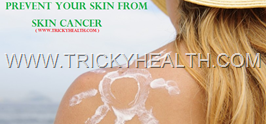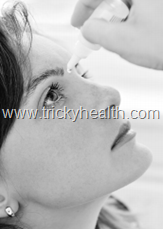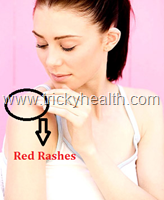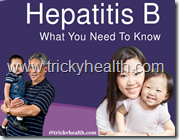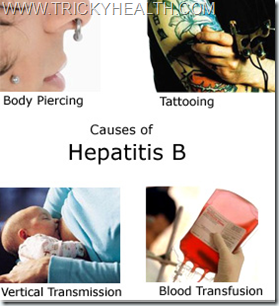As we all know that Prevention is better than cure, so everyone should be aware of the causes & prevention of skin cancer so that we can take effective measures to prevent themselves from skin cancer so one should follow the preventive measures which we have already discussed in the previous article. To read that one article you can CLICK HERE to get access to the previous articles.
TREATMENT OF SKIN CANCER
The goal of treatment is to eradicate the tumor. The treatment of skin cancer depends upon the tumor location, involved cell type, depth, invasion, metastasis (spreading of the tumor to another organ) & cosmetic desire of the client. The treatment is of the following two types:
- SURGERY TREATMENT
- RADIATION THERAPY TREATMENT
SURGICAL TREATMENT: The primary goal of surgical t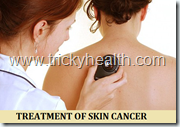 reatment is to remove the tumor cell totally & also involves the some of the normal skin. In this the tumor is excised and the skin is sutured in layers to enhance the cosmetic appearance, if the tumor is large then grafting is done means skin graft is taken from another site & grafted there. Here are some of the surgical procedures which can be done to treat the skin cancer:
reatment is to remove the tumor cell totally & also involves the some of the normal skin. In this the tumor is excised and the skin is sutured in layers to enhance the cosmetic appearance, if the tumor is large then grafting is done means skin graft is taken from another site & grafted there. Here are some of the surgical procedures which can be done to treat the skin cancer:
 reatment is to remove the tumor cell totally & also involves the some of the normal skin. In this the tumor is excised and the skin is sutured in layers to enhance the cosmetic appearance, if the tumor is large then grafting is done means skin graft is taken from another site & grafted there. Here are some of the surgical procedures which can be done to treat the skin cancer:
reatment is to remove the tumor cell totally & also involves the some of the normal skin. In this the tumor is excised and the skin is sutured in layers to enhance the cosmetic appearance, if the tumor is large then grafting is done means skin graft is taken from another site & grafted there. Here are some of the surgical procedures which can be done to treat the skin cancer:- Mohs’ microscopic surgery: This type of surgical procedure is most accurate method of skin cancer treatment. In this procedure the tumor is removed layer by layer, first layer removes all the tumor skin & small margin of the normal appearing cell & then the cells are frozen & analysed microscopically to determine whether all the tumor cells are removed or not, if not removed then the further surrounding cells excision is done keeping in mind the cosmetic appearance.
- Electro surgery: This type of surgical procedure is done for the tumor cells having diameter less than 2cm. in this the tumor tissue is destroyed by using the electric energy. The current is converted to heat which is then applied to the tumor tissue usually after scrapping the area with a curette. In this procedure healing occurs within one month.
- Cryosurgery: In this type of surgical procedure the tumor tissue is destroyed by freezing it. A thermocouple needle is used & liquid nitrogen is used to destroy the tumor cells. The tumor tissue is frozen, allow to thaw & then refrozen again, in this way the tumor destruction takes place. In this procedure healing occurs within one to two months.
RADIATION THERAPY: In radiation therapy the high energy rays such as x-rays or the particles such as electron or protons are used to kill the tumor cells. This is a painless procedure but require frequent course of radiations. Radiation therapy is beneficial for the patients who are not fit for the surgery because of the poor health or it is used as a primary treatment for large tumors to reduce their surface area. Radiation therapy can be used before the surgery or after the surgery as an adjuvant to completely remove the tumor.
Stay Healthy………..
We will continue with our Medical Health Education to aware the World regarding the various health problems….


